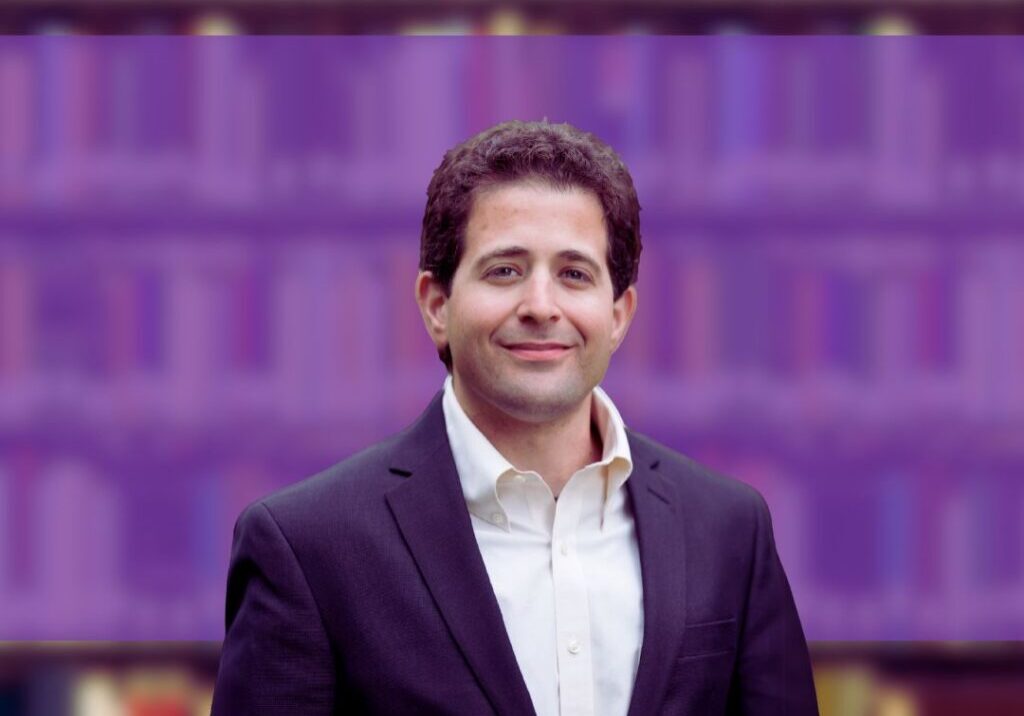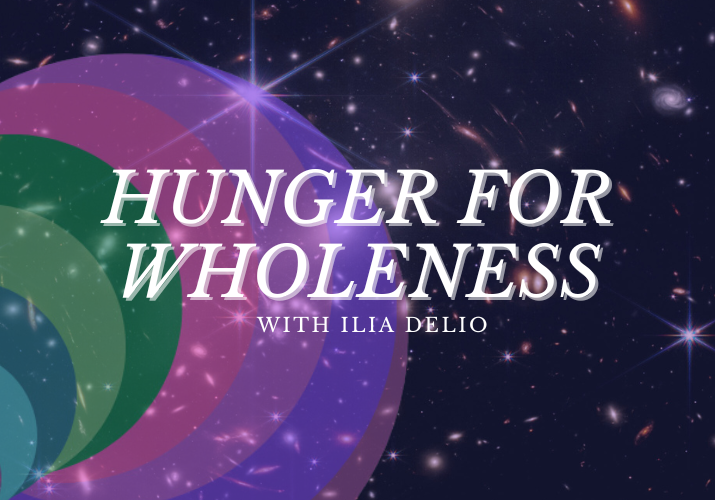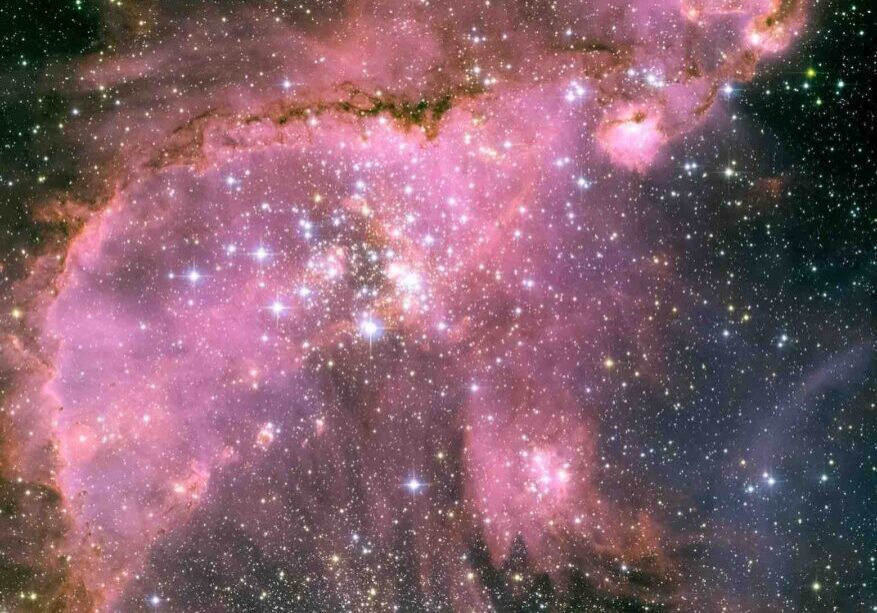Omega Conference: Towards a planetary faith
I just returned from a wonderful five-day retreat at San Alfonso Retreat House in Long Branch New Jersey. It is always a special time of the year because it is a “Sisters Retreat,” that is, a retreat especially designed for religious women, replete with adoration, daily Mass and morning and evening prayer. Basically the retreat follows the daily convent schedule: Matins, Vespers, Mass and afternoon adoration. This year the theme was “Living from the Heart” and the 137 Sisters gathered from various congregations reflected on the spiritual meaning of the heart. Each day there was a talk in the morning on the conference theme and each afternoon a sacramental expression of the theme with Vespers. This year broken hearts could reconcile their lives through the sacrament of reconciliation and wounded hearts could receive an anointing of the sick. Many of the sisters were elderly, between 70 and 95 years old, although there were a few younger sisters from India, Africa and the Philippines. For me this week-long retreat with consecrated women provides a bridge to my past as I continue to explore a new type of religious life. Participating in this modified convent routine reminds me of my formative years as a Franciscan, the interactions of community life, the devotional routine of communal prayer and, overall, the Catholic culture of institutional life.
…religions cannot remain static but must grow and unify with one another through dialogue and mutual respect.
Yet I could not help reflect on my experience the week before the retreat as we held our first Omega Center conference in Kansas City Missouri. I started the Omega Center two years ago as a way of deepening the insights of Pierre Teilhard de Chardin and his vision of love at the heart of the cosmos. The “Center” is really an interactive website forum that enables people around the world to appreciate the need to reconcile science and religion and to bring these two pillars of knowledge into a unified vision of life. Teilhard realized in the early twentieth century that science and religion are two sides of the same wholeness of being; hence they belong together. To know one without the other or to think that one opposes the other is to reduce all reality to binary thinking and thus to split the world into a thousand little pieces. Science and religion form a coincidence of opposites and can only flourish in mutual complementarity.
The Omega conference focused on Teilhard’s notion that we need a new religion of the earth. The dynamic impulse of evolution and the rise of global consciousness cannot indefinitely sustain the tribal identities of world religions, or even the hyperspecializations of science. Whether in the circles of religion or science, we have developed what the physicist David Bohm called the “tacit infrastructure of ideas,” that is, the developed habits of thinking in certain ways, saying the same prayers or locked into paradigms, doing the same things over and over. It is difficult to break the chains of repetition because these known patterns become comfortable and stable to our daily existence. The price of rote existence however is stagnation and fragmentation. Nature works on the energies of creativity and novelty. Every local system of process and pattern exists on the edge of chaos and thus always on the threshold of new creative life.
Teilhard pulled together science and religion into a new framework of what he called “cosmic personalization.” From a Christian perspective, he identified the process of evolution as the rise of the cosmic Christ, the emerging body of all personal life unified by the threads of love. To this end, he realized that religions cannot remain static but must grow and unify with one another through dialogue and mutual respect. This was the aim of the conference: how can we begin to harness the energies of love for a new religion of the earth.
In my opening talk, I spoke on Teilhard’s notion of convergence, namely, that computer technology has ushered in a new level of global consciousness by complexifying our relationships. We are moving from a state of tribal-national awareness to global awareness; from divergence to convergence and thus our need to merge our political, ecological, and spiritual energies and activism into one unified framework of thought and action. This new level of existence is not dependent on any one group or movement but represents a gradual awakening of consciousness. Standing back and reflecting on this cosmic movement, we can begin to get a new sense of ourselves as a species. To realize these new forces of collectivization is to realize the deep connections between consciousness and complexity. For Teilhard evolution is essentially the rise of consciousness, and religion is a function of consciousness. While religion represents the highest consciousness of divinity or ultimate being, all religions are linked to static categories of the past. What is needed, Teilhard said, is a new religion full of “dynamics and conquests”; one that can use all the ‘free energy’ of the earth to build humankind into greater unity.”
Although Teilhard’s vision follows the lines of incarnate love, it is unfortunate that he, who lived in China for decades, did not learn to any extent the deep wisdom and insights of Asian religion. For what he proposes is a complementarity of energies, a union of opposites, that can lead to a more unified whole. On Saturday morning of the Omega conference, Matthew Wright, a millennial Episcopal priest, addressed the rise of second axial consciousness and the emergence of a new type of global interspirituality. Following Ewert Cousins’ Christ of the Twenty-First Century Matthew outlined the features of second axial religion as global, ecological, communal, and interspiritual. The Christ is symbolic of the new type of religious person emerging through the deepening of love and compassion across religious traditions. Matthew’s own involvement in Sufism and Centering prayer is reflective of this new type of religious person; one who is at home in a religious tradition yet open to the wisdom of other traditions and can move freely and unencumbered across traditions in the pursuit of unity and love. Matthew’s talk was followed by Brie Stoner, a millennial and divorced mother of two young boys who currently works for Richard Rohr’s Center for Action and Contemplation. Brie spoke on Teilhard’s “harnessing the energies of love” by focusing on the Augustinian notions of memory and will. Looking to Augustine’s notion of memory as the field of awareness which is past, present, and future, Brie spoke of memory as being “membered to” and reflected on the experiences of her own life, including a traumatic experience of sexual assault and the pain and joy of single motherhood.
What marks the new religious person is being locally communal, globally aware, scientifically open, less bound by laws and dogmas but attracted to rituals of belonging.
Both Matthew and Brie are disciples of Cynthia Bourgeault’s Wisdom School and represent a new type of religious person emerging in the 21st century. The new religious person is grounded in practices of meditation and is earth-centered, scientifically literate, interspiritual, communally oriented, open to emerging forms of religion, and, while open to religious traditions, not bound or constrained by tradition. In other words, religion is not a closed system for the 21st century seeker but an open system that flows into and out of other systems such as science, ecology, socialization, and politics. In this respect, the new religious person arising in the 21st century is horizontally transcendent and by this I mean that the search for God is not oriented above but in the other. Transcendence means being drawn out of oneself and into the other by way of vision. This incarnational spirituality reflects the deep hidden presence of God in our world. The worldliness of the world is no longer the obstacle to God (as we were taught in the novitiate!) but the very place of God’s self-becoming. It is a new religious consciousness which requires new forms of religious life and new levels of creative freedom. For the new religious person may or may not be celibate, may or may not belong to a religious tradition, may or may not gay or straight, may or may not be married, may or may not be of the East or of the West. What marks the new religious person is being locally communal, globally aware, scientifically open, less bound by laws and dogmas but attracted to rituals of belonging. As a new religion of the earth emerges, I anticipate that religious life in the 21st century will be more provisional and local rather than institutional and permanent.
At the end of the Omega conference, I felt that we had begun to outline a new religion of the earth. In Teilhard’s view “people are looking for a religion of humankind and of the earth which gives meaning to human achievements. . . .a religion that will kindle cosmic and human evolution and a deep sense of commitment to the earth.” We got a glimpse of this new religious earth at the Omega conference with 96 live-streamers from around the world including Australia, Ireland, Italy, Singapore, Canada, and across the U.S. who joined with the 210 attendees at the Kansas conference. This new religion of the earth means new mutual relationships between science and religion and Eastern and Western religious traditions. The lines of division must be transcended to embrace the lines of unity. Science and technology have made this new unity possible by facilitating the lines of communication and thus opening up new avenues of consciousness; however, it is religion that gives form, Teilhard said, to the free energies of the earth. The evolution of humanity toward greater unity “will never materialize unless we fully develop within ourselves the exceptionally strong unifying powers exerted by inter-human sympathy and religious forces.” For Teilhard, the most fundamental force is love which is found in every religious tradition. Science will reach its limits, Teilhard wrote, but love takes what is deepest within us and unites us beyond our differences. Love alone can bring us to the threshold of another universe.
*****
Enjoy this short excerpt from the panel discussion at the Omega Center conference. We will be sending out a notice to our email list once our full conference recordings are available for purchase. If not already on our list, you can sign up HERE.
 View print-friendly version
View print-friendly version
7 Comments
Related Posts

Congratulations—Robert Nicastro, Ph.D.
Please join us in congratulating Robert Nicastro on earning his Ph.D. Robert’s scholarship continues to deepen the Center’s work, and we are honored to have him on our team. To…


There have been many times over the past few months while dwelling on the rate at which technology has and is accelerating in relation to a rise in human consciousness that can see it used to the benefit of all rather than the few. It seems as if that later is far, far behind. However, over the past few months I’ve experienced a transition in consciousness that I can now only put down to the nature of human growth in consciousness. So much so that I’ve gone from struggling to understand a lot of mystical teaching to having pennies falling like rain in a relatively very short period of time. I’ve gone from feeling threatened and attacking to sitting in my chair in contemplative practice for hours and learning from spiritual masters from around the world via the Internet, devouring whatever I can get my hands on, which is A LOT. I see so clearly now how true that Thich Nhat Hahn quote is. The same acceleration in technology is occurring in the collective growth of human consciousness. Contemplative practice in all it’s authentic forms is the most important thing any of us can be doing right now (if the three month ago me heard me say that he’d have rolled his eyes). My own rapid growth (I’m definitely a beginner) is absolutely a result of the collective of human beings on this planet who have dedicated their lives to their own personal rise in consciousness. We aren’t separate and never have been. It’s true. Everything we do impacts the universe. One person’s rise in consciousness raises the consciousness of the whole. So thank you for your journey 🙂 One for all and all for one 🙂
I am a former Jesuit priest. For the past thirty years I have been exploring interspirituality. Most recently my wife Linda and I participated in Dr. Alberto Villoldo’s 28 day intensive shamanic training. We love sharing with clients the amazing experiences of the shamanic practices of Illumination and of Soul Retrieval. I believe shamanism is the most direct path to nurturing the re-connection with the earth that once so inspired our aboriginal ancestors. It encourages and facilitates our awareness of our direct spiritual connection with all that is. Dr. Villoldo’s website is http://www.thefourwinds.com
Thank you to Ilia for her blog post and to others for their comments. Consciousness arises out of the evolution and complexification of the physical universe resulting in a self-aware universe manifested in the human realm as religious practice and spiritual traditions. Pannikar helps illucidate this reality through his notion of cosmotheandric experience. That is to say, the cosmos (as revealed through science and experience), God (the transcendent ground of being perceived through spiritual experience) and our humanity (the range of experiences of being human) are not separate, but rather are interwoven components of a single Reality. Incarnation spirituality, as Ilia mentioned, is part of the front of evolution emerging in our collective consciousness. In religious terms, God is present in our relations with others and the world around, in cooperative participation in the human experience, and in coming to realize we are a holon of the Universe. It seems the question is how to make this manifest in ritual spaces of belonging that can be built on tradition but always remaining open to that which we cannot imagine. A starting place certainly would be deeper inter-spiritual work on a practical and global level as alluded to in Matthew’s talk at the conference. God’s people yearn for more, to transcend through love. I hope and pray the Omega Center and others continue this work to fruition. I will continue to participate with hope. Peace.
Hi,
How refreshing to hear of your traditional retreat with the seniors as you contemplate the unfolding of new avenues. It is good to be mindful of the multifarious spiritualisties of the many in order to better recognize the pathways of possibility for the now of oneness of which your thoughts and the Omega Center seem to be directed.
I am thrilled to learn of the Omega Center and I will visit the next time I travel to KC to see my family there.
You might want to check in with the Trappistine sisters in Redwood, CA as they are doing ground breaking work in their order. Thomas Merton referred to them often and visited them in the 60’s.
Here is a youtube video:
https://www.youtube.com/watch?v=mXQ27QwLQx4
Here is their website.
Redwoods Monastery: Home
https://www.redwoodsabbey.org/
Redwoods Monastery. I have ascended to the highest in me, and look! The Lord is towering above that. In my curiosity I have descended to explore my lowest …
About Us · Our History · Silent Retreats · Our Way of Life
I will be excited to see the unfolding of new forms of convent life and sisterhood.
Best to all
Ideal target audience for your work is Young Adult Ministry (20/30 year olds) .
You should talk to the Paulist Fathers who promote YAM. Frank DeSiano CSP is right in DC down the street from you.
You could develop materials to be used in YAM groups.
Blessings!
I just read your comments on the Sisters Retreat. I was in Religious Life for 10 years and left. Now I am an Associate of the Franciscans and I see how current Religious women are concerned about the decrease of women joining and the need to explore new avenues. I love what you present. I love some of the Traditional expressions but I am very open to the new movement toward the Consciousness of Christ.
I find your sharing to be very hopeful I wish Religious women discernmening new directions would include you as a speaker. Your message is hopeful and enlightening. Thank You ????